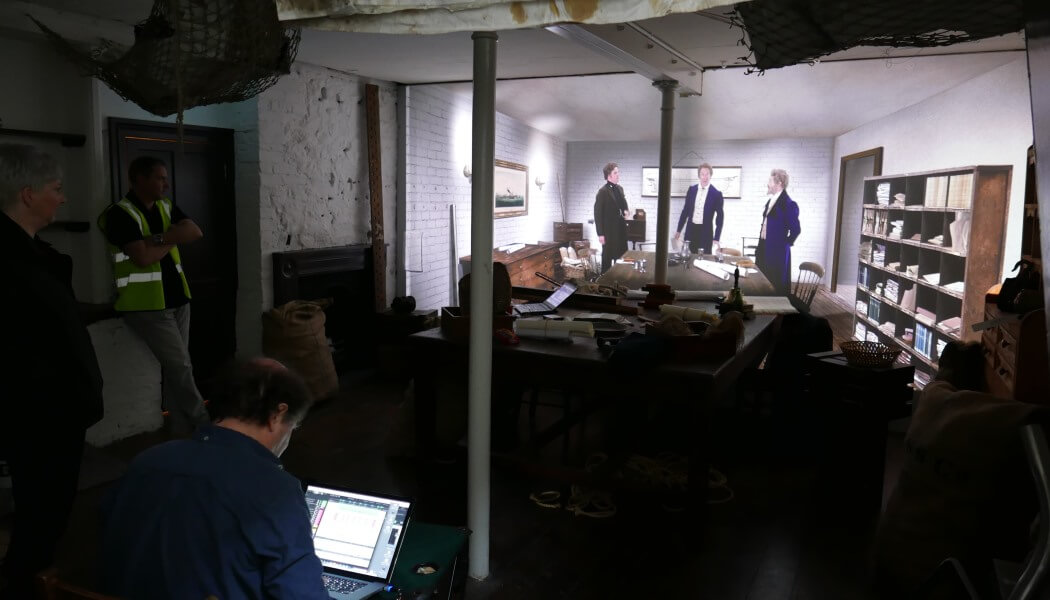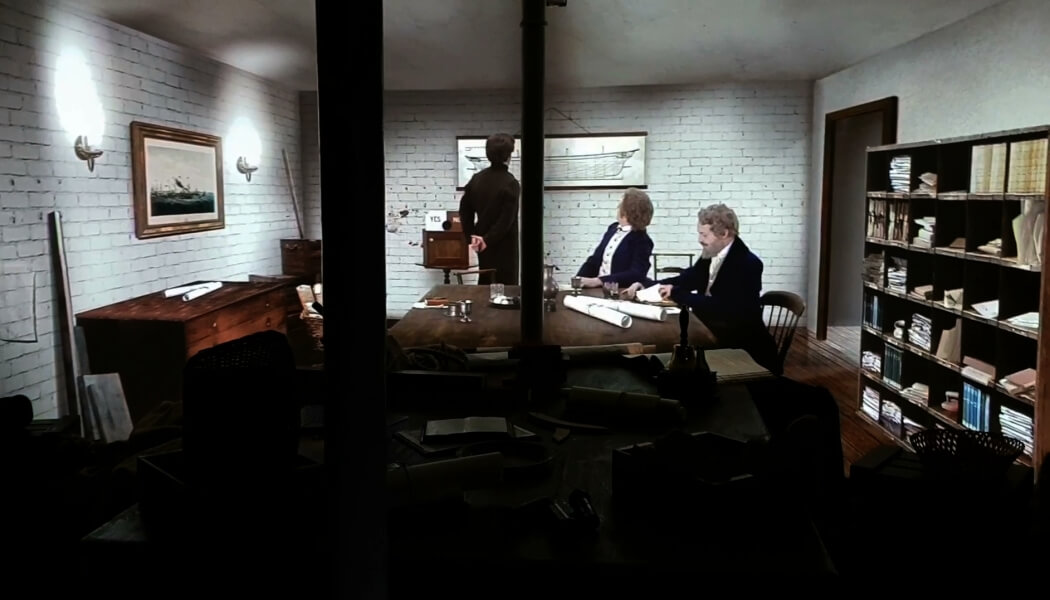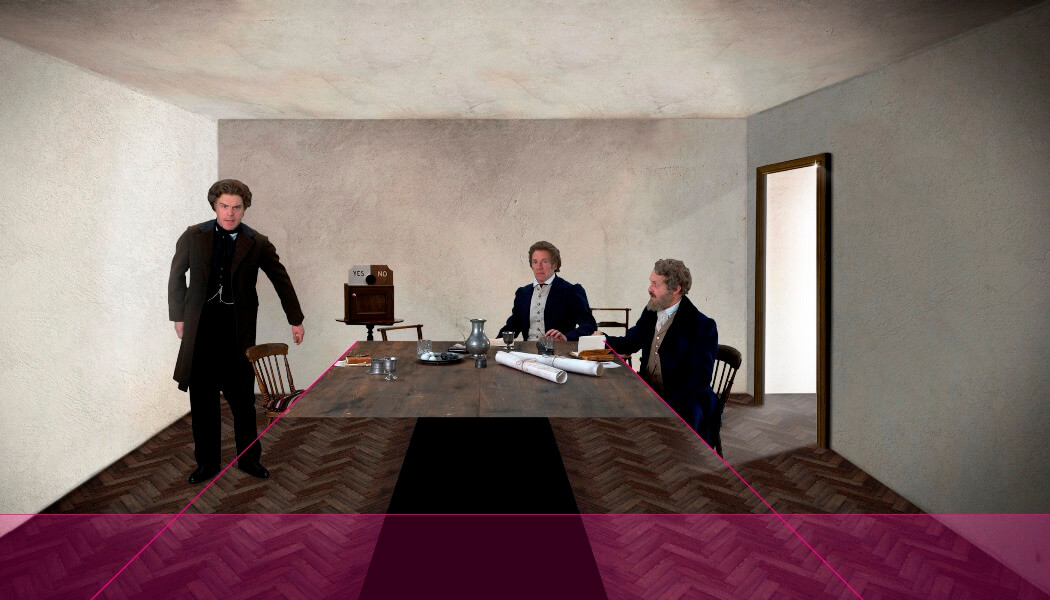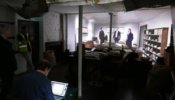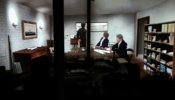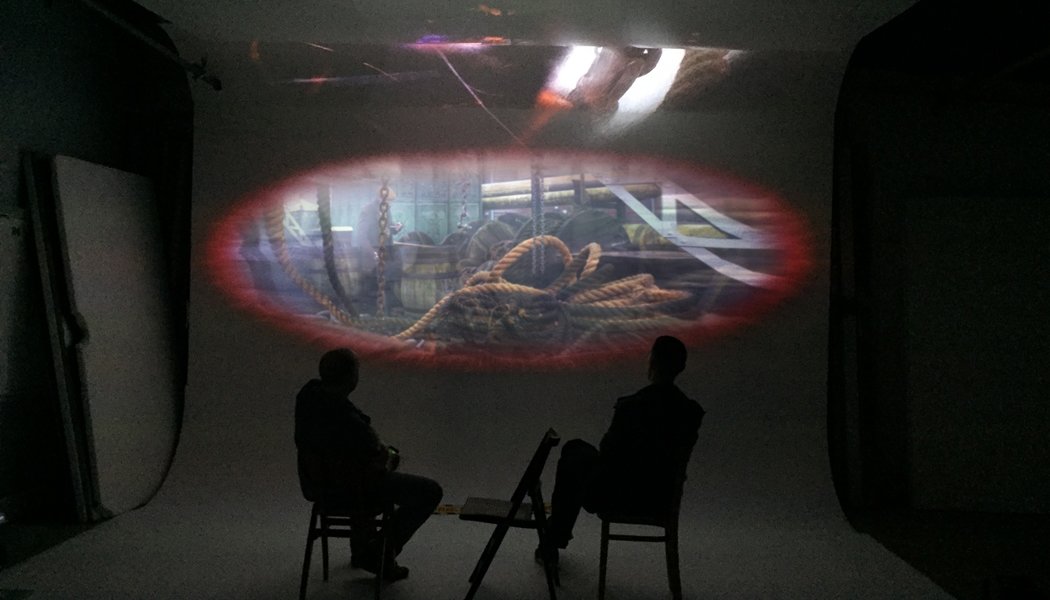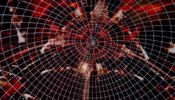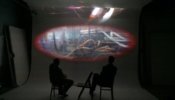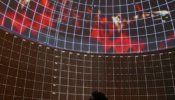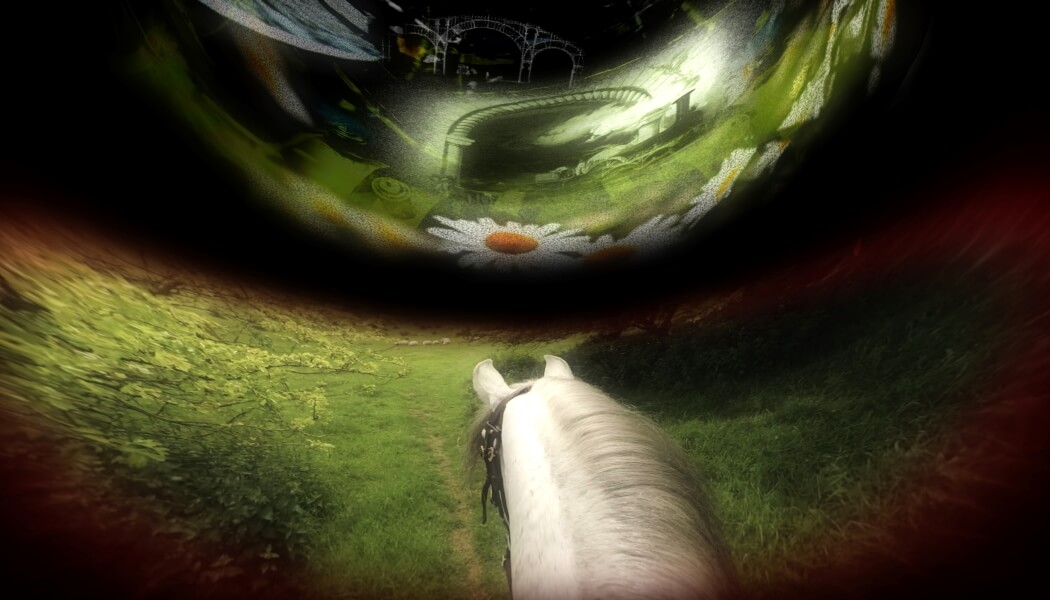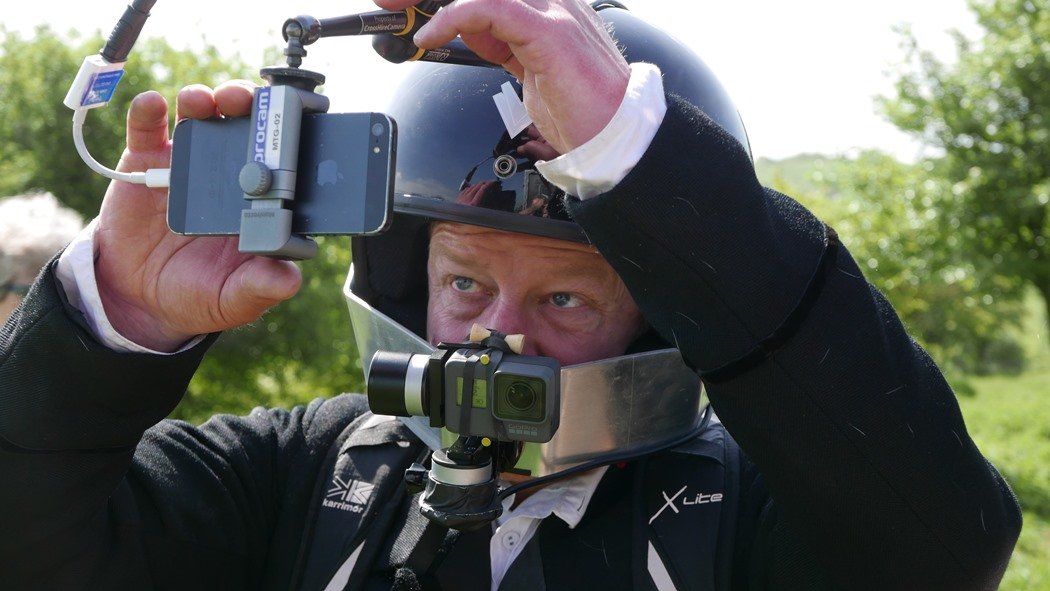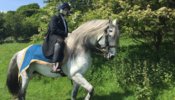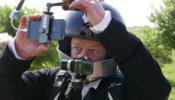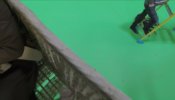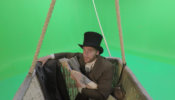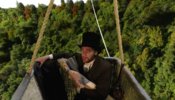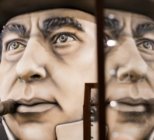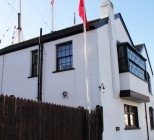The Being Brunel Museum at SS Great Britain has a clear storyline that takes visitors on an imaginative and immersive journey through the inventor’s life. The first element we created was The Mind, which is an immersive 180º dome and 4k wrap-around, six-and-a-half minute experience that gives visitors a unique opportunity to literally ‘get inside the mind’ of Isambard Kingdom Brunel and see the Victorian world through his eyes. The Mind is situated at the centre of the new museum and the SS Great Britain Trust identified key scenes from moments in Brunel’s life that could be featured and requested an unexpected, engaging, and at times disorientating experience.
The second element was the Boardroom AV, which is a five minute HD film of the board meeting of 1 October 1840 in which Brunel presented his controversial ideas on the screw propeller and forms the final part of the new visitor experience. This re-enactment of the boardroom meeting required new green screen filming, while a physical voting box in the dockyard office enables visitors to join in the debate.
We were initially involved in helping SS Great Britain Trust with their Heritage Lottery Fund application assisting with costs and ideas around narrative structure in 2013. Once the trust had secured the funding we tendered for the project and were delighted to be successful in our bid. We were appointed in March 2016 and in March 2018 completed the onsite software commissioning.

Designing the Space
What is unique about this project says Centre Screen’s creative director, Paul Kucharski, is how the full-dome projection blends together and works seamlessly with the large wrap around POV section of the film. We worked with hardware specialists Electrosonic http://www.electrosonic.co.uk to design a software/hardware solution. The dome projection was achieved using two Optoma ZU650 projectors with wide angle Navitar add-on lenses to achieve a completely mapped dome video surface. The POV section of the film was created using three ZU650 projectors and blended together using a 7thSense Design media server to control multiple channels of uncompressed video in various shapes and sizes.
Our sound designer Peter Key worked with Electrosonic to design the audio system in The Mind consisting of four full range loudspeakers positioned in a Left, Centre, Right, Rear arrangement. An additional loudspeaker was positioned high up in the Apex of the dome and a single sub bass loudspeaker provided low frequency extension. Such an arrangement provided flexibility in the mix to allow sounds to be positioned at virtual height to match images within the dome or to the lower landscape screen. Acoustic felt was fixed to the internal surfaces of the auditorium to absorb unwanted sound reflections that would have affected speech intelligibility.
Within the AV production we created a custom built head-mounted camera allowed our director of photography, Jon Pegler to capture footage from a unique point of view perspective in situations we couldn’t physically take a traditional camera; from riding horse-back, to being submerged underwater.
We also created a 360 degree filming rig to capture footage shot from an access cage underneath the Clifton suspension bridge. This was then composited with a green screen basket shoot in a studio to recreate the moment Brunel got stuck mid-air crossing the Avon Gorge.
Seeing the world through Brunel’s eyes.
One of the challenges was adhering to the ‘point of view’ (POV) scenes, through the eyes of Brunel, to design and create scenes that made sense of the storyline and interpretation through this technique. For example, when Brunel was nearly drowned in the Thames tunnel project, we filmed the scene underwater in a special film aqua tank. The propping of the tank was key to making the scene believable and the crew went to extraordinary lengths to create something that felt close to the experience Brunel must have endured.
The POV section of the film went through various development stages, from literal fragments of Brunel’s mind surrounding and mirroring the vision, to a more vein like view through the eyes of Brunel himself.
Dan Lusby, senior motion designer says we settled on an organic red vignette and used it in creative ways throughout the story, e.g. to form a blink and shield himself from train steam, and to become bloodshot and distorted during the underwater scene.
Guiding the Audience
With the action of this story being around you at all times, we felt it necessary to try and help guide the visitors’ attention at certain moments to heighten the sense of immersion. When shooting the POV scenes, we made sure to hold the view point for slightly longer than needed to allow the mind to come into play and react to the imagery in his eyes. Similarly, if there was a lot of action in the POV, we would let the mind settle so the visitors could follow the drama first hand.
Recreating Historic Scenes
When trying to recreate historic moments in time there are also challenges with filming in modern locations. When creating the speed trials scene, we used a stationary period locomotive, the ‘firefly’ based at Didcot Railway. This was chosen by the client team due to the historical accuracy of the broad gauge rail line on which it stood. The Centre Screen art department brought in a special effects team to add steam and smoke to create a sense of the locomotive arriving into the siding.
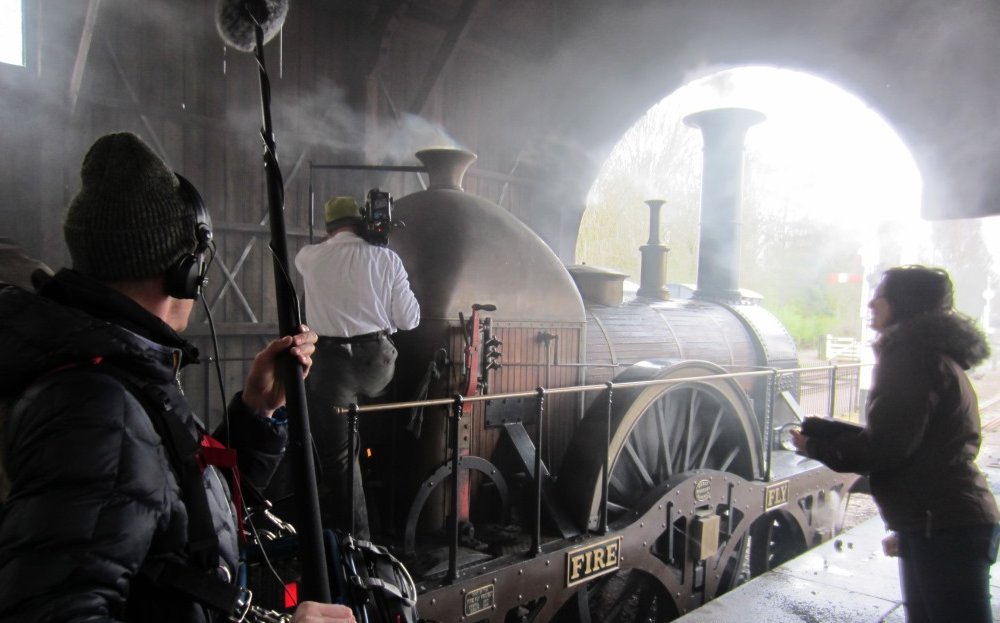
Summarising one man’s extraordinary achievements
Deciding how to tell this very unique story required careful collaboration with the trust. We worked closely with the interpretation team to create a ‘chaptered’ storyline that maintained the power and presence of the subject and also followed the visitor flow duration guidelines.
Testing and prototyping are essential when developing an immersive experience in such a unique space. Before final render of the sequences, we worked with Electrosonic at their prototyping workshop in Dartford to create a mock-up of the ‘mind space’ and the Dock Office projection, which included the acquisition of a garden awning to replicate the dome curve. That helped the final process of looking at access, seating space, viewing positions, acoustic finishes and visitor flow and timings.
The brief gave us a great opportunity to apply unusual creative thinking and technical solutions. The result is two bespoke exhibits that use imaginative and unpredictable content, allowing visitors to experience first-hand what goes on inside the mind of Britain’s most ingenious engineer.


